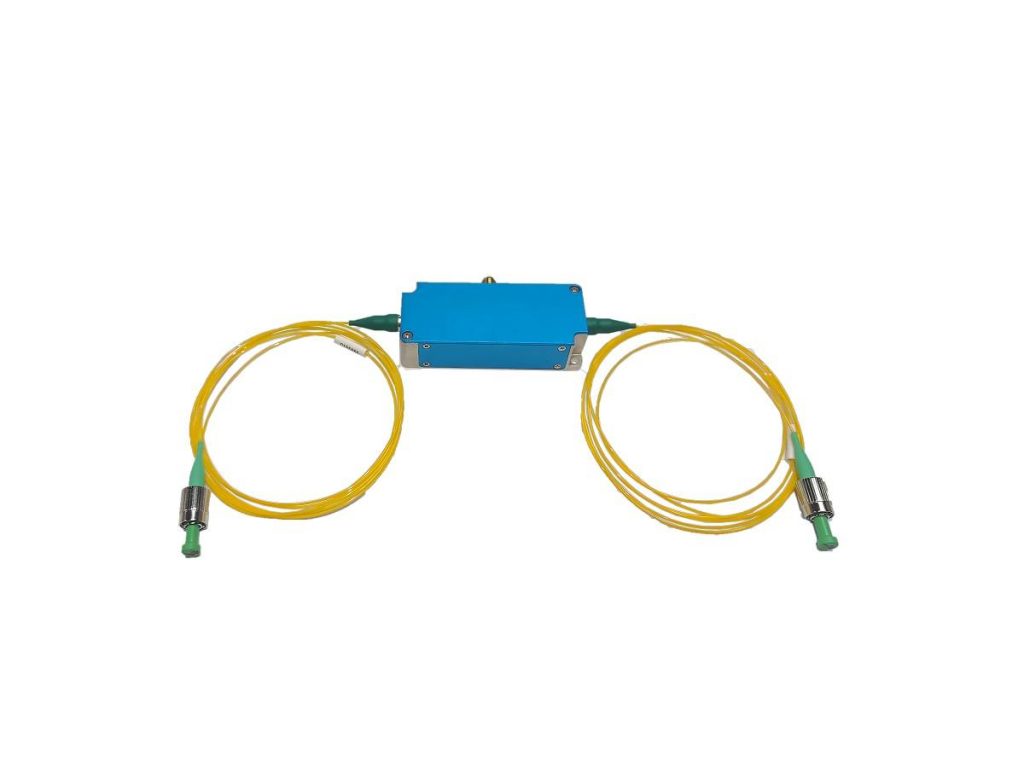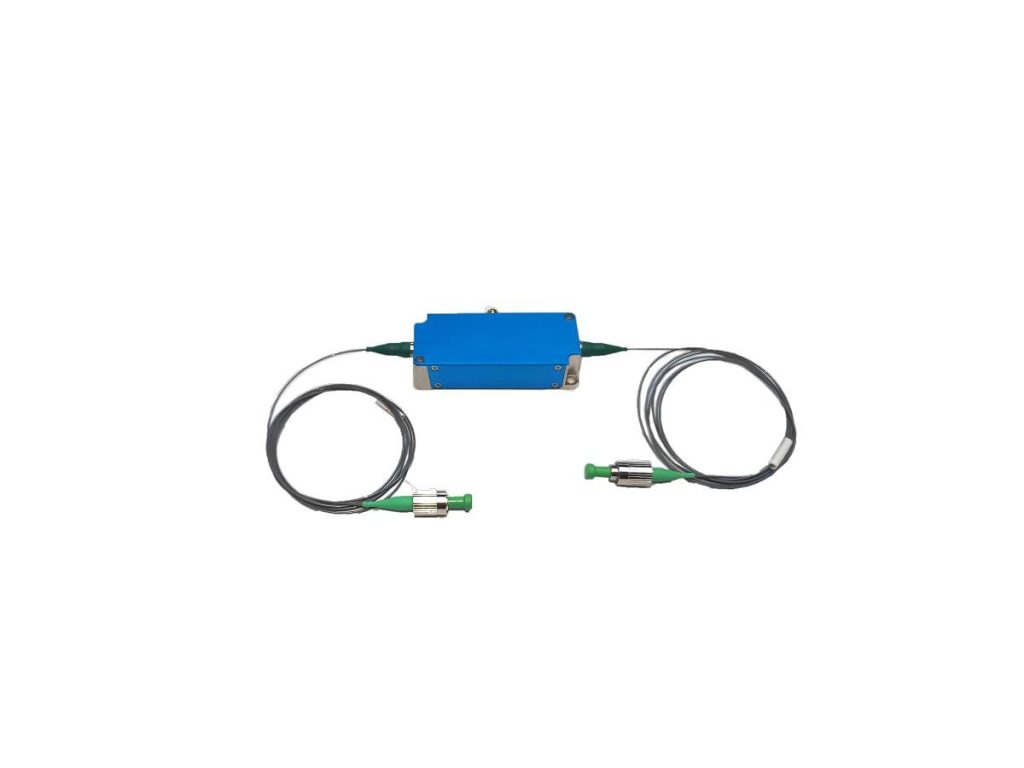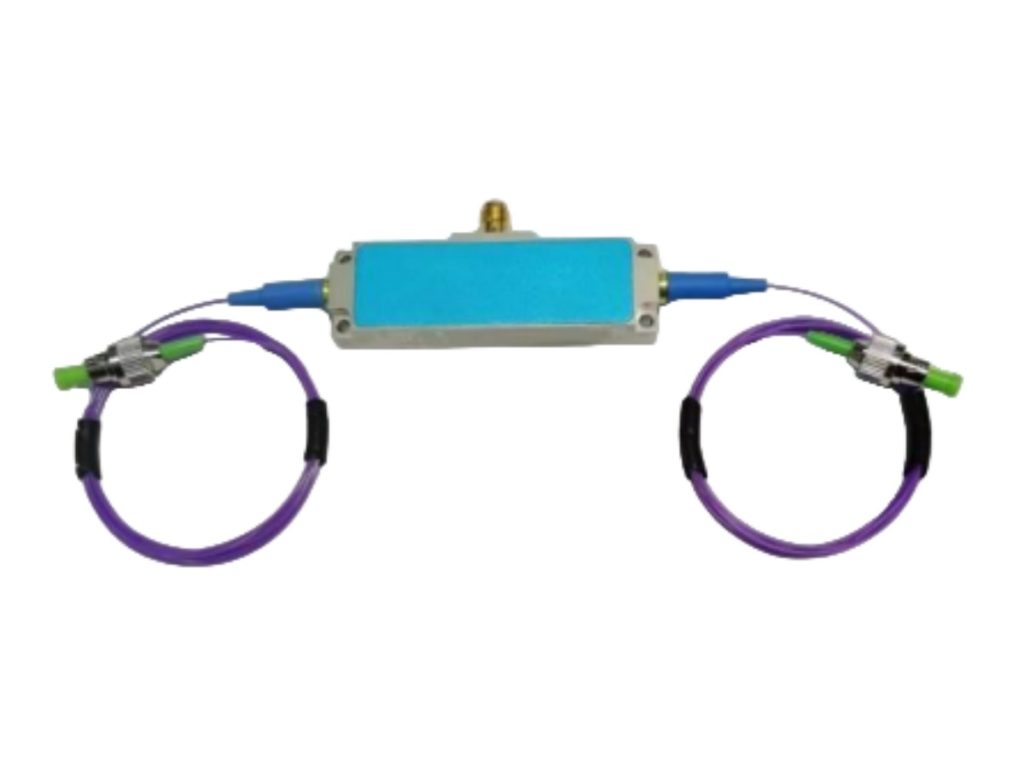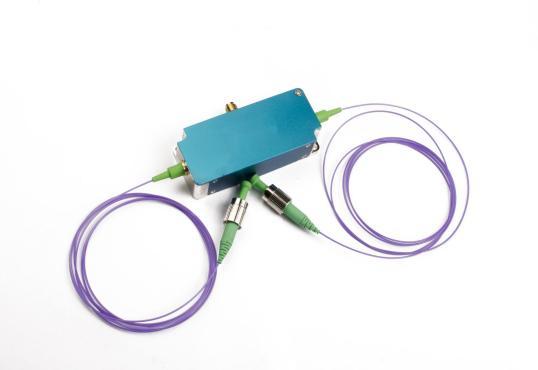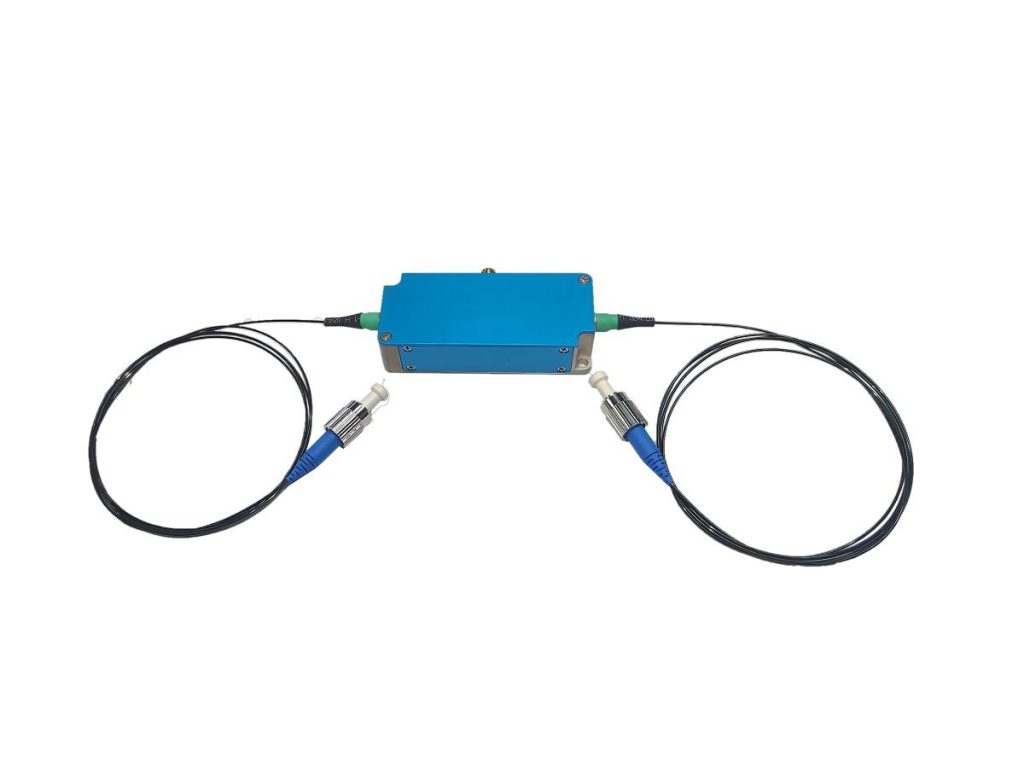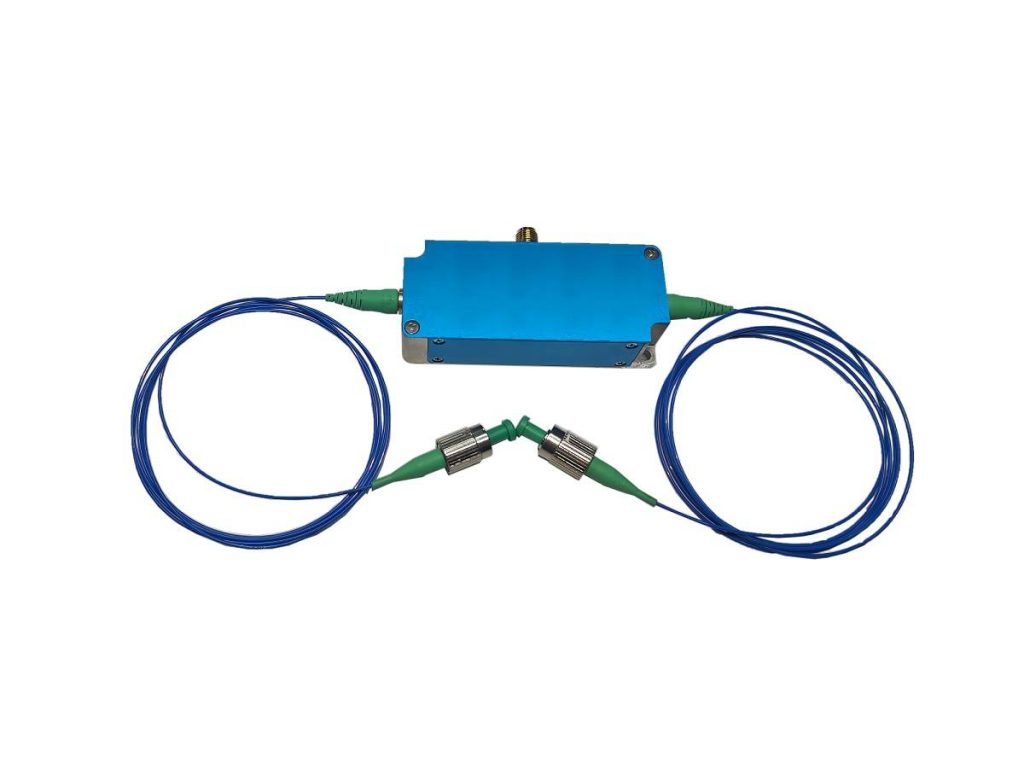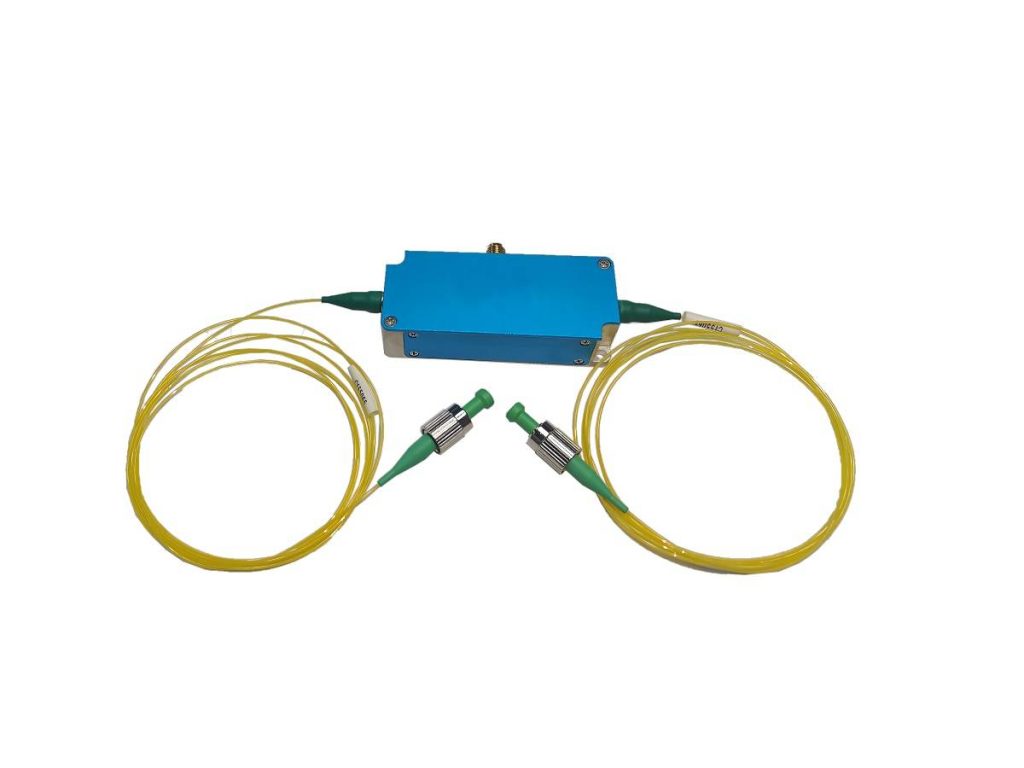A Look at DAS & DFOS in Acoustic/Optical Fibers
The ability to monitor large areas with high sensitivity is critical across many industries. Traditional sensor networks, while effective, frequently have gaps in coverage and detail. Follow the acousto-optic devices expert Smart to enter the world of Distributed Acoustic Sensing (DAS) and Distributed Fiber Optic Sensing (DFOS) in Acoustic/Optical Fibers. This groundbreaking technology converts a single fiber optic cable into a powerful monitoring tool capable of “hearing” vibrations and “seeing” subtle changes in physical properties all along its length. This article delves into the inner workings of DAS and DFOS in acoustic/optical fibers, explaining how they work, the numerous benefits they provide, and the wide range of applications they enable. Understanding these powerful sensing techniques will give you insights into how they are influencing the future of security, infrastructure management, and real-time data acquisition in a variety of fields.
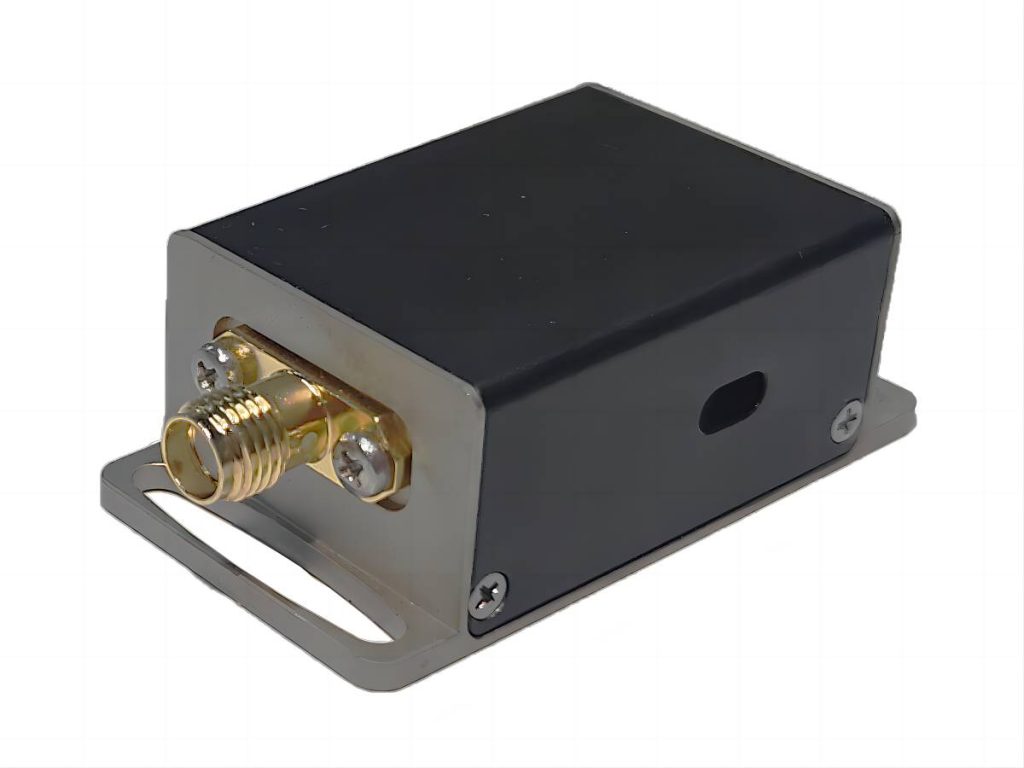
How Are Distributed Acoustic Sensing and Distributed Fiber Optic Sensing Used in Acoustic/Optical Fibers?
DAS and DFOS use acoustic/optical fibers to collect data continuously along the fiber’s entire length. Here is a breakdown of how they do this:
Distributed Acoustic Sensing (DAS):
- Light Pulse Transmission: A powerful laser pulse passes through the acoustic/optical fiber core.
- Vibration Interaction: Vibrations from sound waves, whether external or internal, cause light to scatter slightly. This slight change in direction is known as backscattering.
- Backscatter Analysis: The DAS system analyzes backscattered light returning from the fiber. By measuring the time delay and intensity of the backscattered light, the system can determine the location and intensity of the vibration along the entire fiber length. Consider the fiber to be a long, thin microphone; the backscattered light indicates where and how much the “microphone” vibrates.
Distributed Fiber Optic Sensing (DFOS):
- Light Pulse Interaction: A series of light pulses are sent into the acoustic/optical fiber. These pulses interact with the fiber’s core and cladding (or outer layer).
- Property-Dependent Interaction: The interaction of light with fibers is influenced by physical properties such as temperature, strain, and refractive index. Changes in these properties cause minor variations in the light signals.
- Parameter Mapping: By measuring these subtle changes in the returning light signal, the DFOS system can map the distribution of a specific parameter (temperature, strain, etc.) along the entire fiber length. Consider the fiber to be a long sensor; light interacts differently depending on the surroundings, revealing these variations along the fiber.
Both DAS and DFOS use the interaction of light with the acoustic/optical fiber to collect distributed information. DAS studies the vibrations (sound waves) that cause backscatter, whereas DFOS examines how light interacts with the fiber core and cladding to determine specific physical properties. Acoustic/optical fibers are specifically designed to provide optimal performance in both acoustic and optical sensing applications. This enables continuous monitoring over long distances using a single fiber, making DAS and DFOS useful tools in a variety of fields, including perimeter security, pipeline monitoring, structural health monitoring, and others.
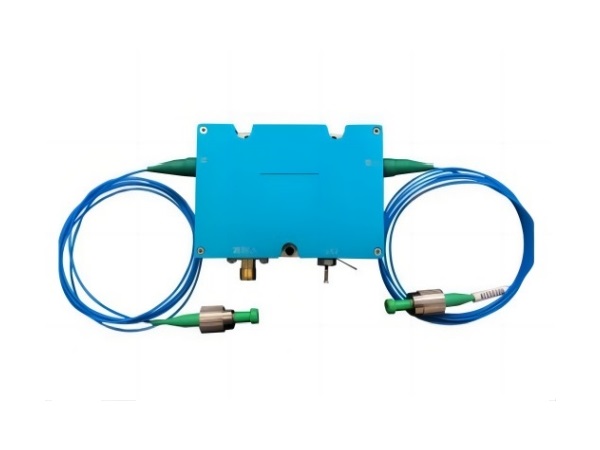
What Are the Benefits of Using Distributed Acoustic Sensing and Distributed Fiber Optic Sensing in AOM/AOFs?
There are several compelling advantages:
Benefit 1: Distributed Sensing
Continuous Monitoring: Unlike traditional point sensors, which only provide data at specific locations, DAS and DFOS provide continuous information along the entire length of the fiber. This provides a more complete picture of what is happening across a large area. Consider a long fence line; traditional sensors may be placed at intervals, but DAS can “hear” the entire fence for any activity.
Detailed Information: The distributed nature of these sensing techniques allows for a high level of detail. DAS can precisely determine the location and intensity of sound waves along the fiber, whereas DFOS can map subtle changes in physical properties with high resolution.
Benefit 2: High Sensitivity
Delicate Detection: Acoustic/optical fibers are excellent at detecting very small vibrations (DAS) and slight changes in physical properties (DFOS). This makes them ideal for applications where even minor variations can have a significant impact, such as detecting hairline cracks in a structure (DAS) or small temperature changes in a pipeline (DFOS).
Benefit 3: Long-Distance Coverage
Vast Area Monitoring: A single acoustic/optical fiber can cover long distances, making it ideal for monitoring large structures, pipelines, and perimeters. This eliminates the need for multiple point sensors and makes installation easier than in traditional sensor networks.
Benefit 4: Durability and Reliability
Robust Performance: Acoustic/optical fibers are relatively strong and can withstand harsh environments such as high temperatures, moisture, and even some chemicals. This ensures dependable operation in a variety of industrial and outdoor settings.
By leveraging these advantages, DAS and DFOS in acoustic/optical fibers provide a powerful and versatile solution for a wide range of monitoring applications, resulting in improved security, better infrastructure management, and increased safety across multiple fields.
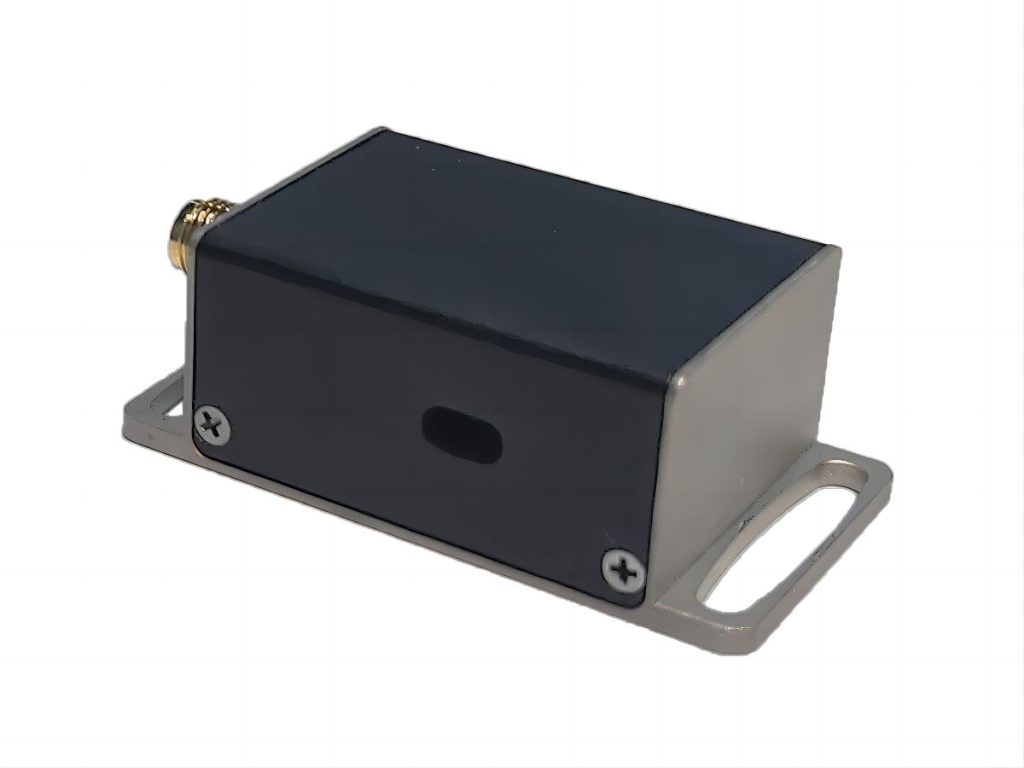
What Are Some Applications of Distributed Acoustic Sensing and Distributed Fiber Optic Sensing in AOM/AOFs?
DAS and DFOS in acoustic/optical fibers have a wide range of applications because of their ability to continuously monitor large areas with high sensitivity. Here are some major application areas:
Security and Perimeter Intrusion Detection:
- Perimeter Security: Acoustic/optical fibers can be embedded in fences, walls, or buried underground to detect attempted intrusions. DAS can detect vibrations caused by cutting, climbing, or tampering, whereas DFOS can detect attempts to tunnel beneath the perimeter by monitoring changes in soil strain.
- Pipeline Security: Acoustic/optical fibers installed along pipelines can detect leaks, blockages, and even unauthorized tampering attempts. DAS uses sound to identify the location and intensity of leaks, whereas DFOS looks for pressure changes or strain variations that could indicate tampering.
- Border Security: Long stretches of acoustic/optical fibers can be used to monitor large border areas. DAS can detect activity such as vehicles or people crossing the border, whereas DFOS can look for attempts to dig tunnels or tamper with border fences.
Structural Health Monitoring:
- Bridge Monitoring: Acoustic/optical fibers can be embedded in bridge structures to detect cracks, stress points, and damage from weight, weather, or seismic activity. DAS can detect vibrations caused by expanding cracks, whereas DFOS can identify areas of high strain or temperature changes that may indicate potential problems.
- Building Monitoring: Acoustic/optical fibers can be used to assess the health of buildings, particularly large structures such as skyscrapers or dams. DAS can detect vibrations caused by structural movement or settling, whereas DFOS can look for temperature changes or strain variations that could indicate a problem.
Oil & Gas Industry:
- Pipeline Monitoring: Acoustic/optical fibers installed along pipelines can monitor for leaks, blockages, and corrosion. DAS can detect leaks using sound signatures, whereas DFOS can identify changes in pressure, temperature, or strain that could indicate leaks or corrosion.
- Wellbore Monitoring: Acoustic/optical fibers can be used to monitor activity within wells while drilling or producing. DAS can detect fluid flow and potential fractures in the wellbore, whereas DFOS can monitor for pressure or temperature changes that may indicate a problem.
Geotechnical Engineering:
- Landslide Monitoring: Acoustic/optical fibers can be used to detect movement or instability on landslide-prone slopes or cliffs. DAS can detect vibrations caused by shifting soil, whereas DFOS can look for changes in soil strain that could indicate a landslide.
- Ground Subsidence Monitoring: Acoustic/optical fibers can be used to monitor areas prone to ground subsidence, which is commonly caused by water withdrawal or underground construction. DAS detects vibrations caused by underground movement, whereas DFOS detects strain changes that may indicate subsidence.
These are just a few examples, and the potential applications of DAS and DFOS in acoustic/optical fibers are expanding as technology advances.
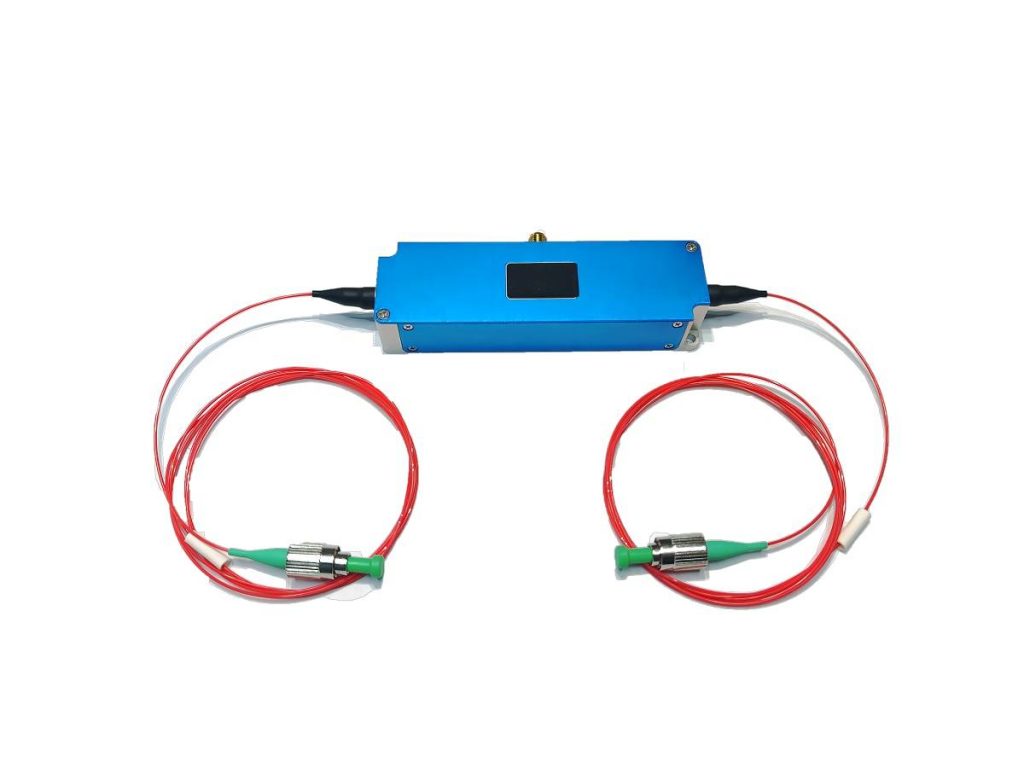
Conclusion
The world of DAS and DFOS in acoustic/optical fibers offers an appealing solution for those looking to improve their monitoring capabilities. Whether it’s improving security by detecting intrusions, ensuring structural integrity through continuous health monitoring, or optimizing processes in the oil and gas industry, these innovative sensing techniques provide a powerful toolkit. So, are you prepared to leverage the power of DAS and DFOS in acoustic/optical fibers? SMART SCI&TECH has been engaged in the design and manufacturing industry of acousto-optic devices, mastering the best technology in this field. We are honored to discuss and cooperate with you whether it is standard products or customized services. By embracing this transformative technology, you can gain a better understanding of your surroundings, increase safety, optimize processes, and make informed decisions based on real-time data – all with a single fiber optic cable.

